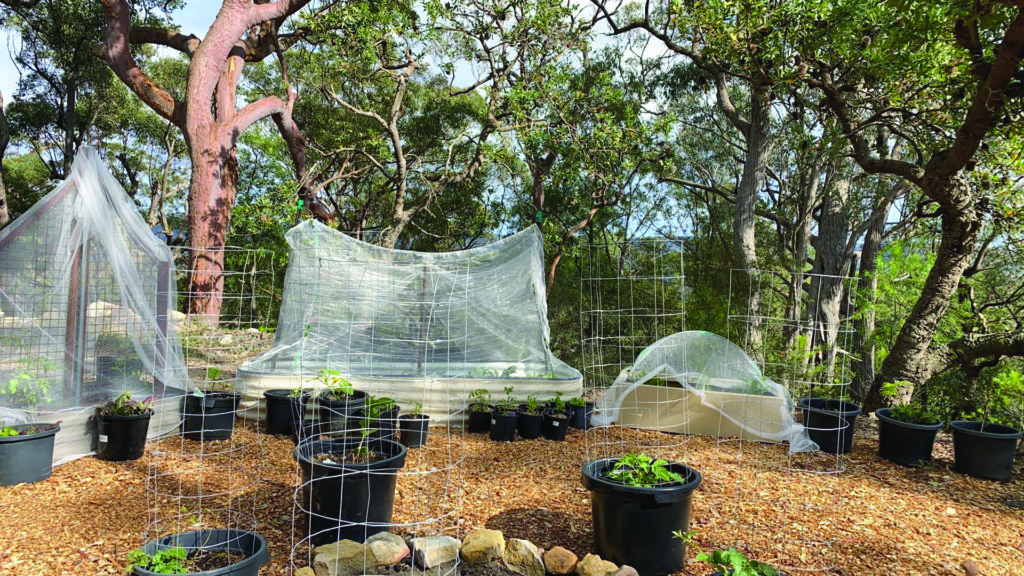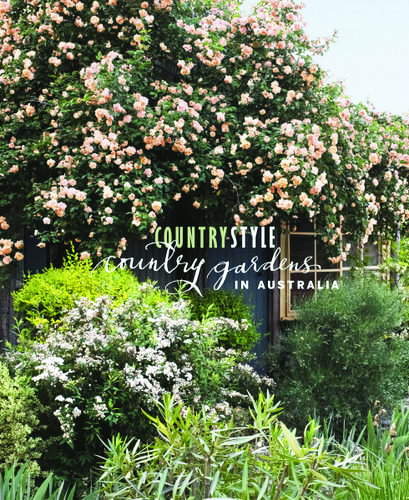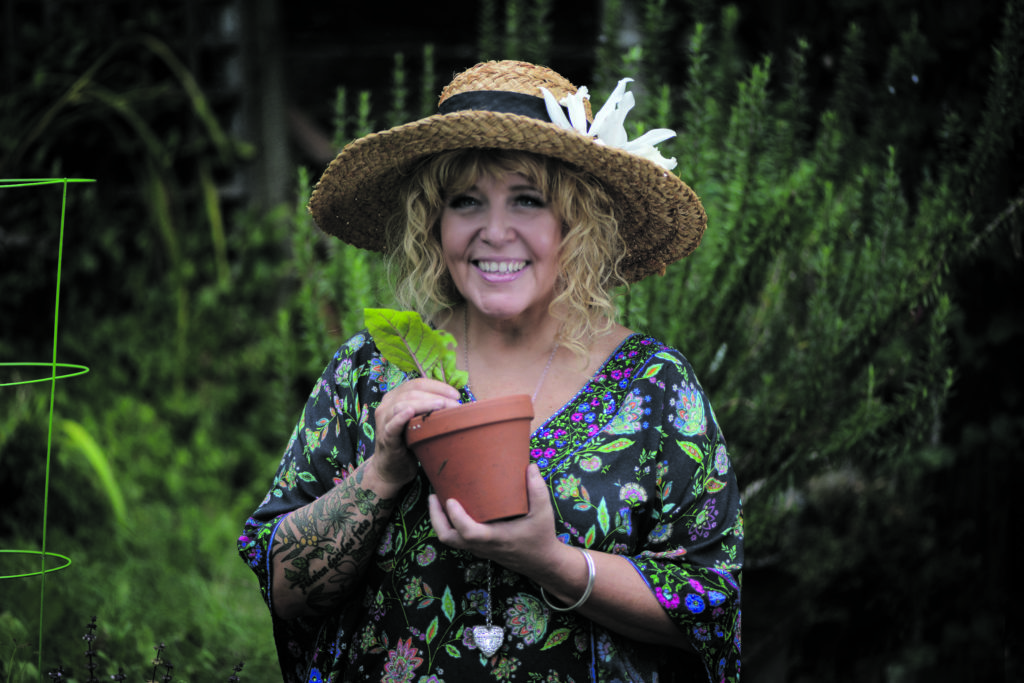A garden without the colourful flashing of feathers and joyful birdsong would be rather dull in my books.
There are also many other benefits in encouraging native birds to your garden along with these obvious delightful additions to your plot of paradise.
Birds need to eat, and many will happily devour your pests and assist in pollination and help distribute seeds while flitting about on their business.
For happy and healthy birds, they require what we need, shelter, water, and food so to encourage them, you can try providing these elements in your garden but first, you must think of life at a bird’s level, not your own .
A good example is the ever-popular birdbath .
While it may look splendid high up on a pedestal in the centre of a vast lawn, many birds, (and probably the ones that need your oasis the most) won’t like being caught out in the open in clear view of predators like that .
Lower and shift the birdbath so that it is close to shrubs and trees, and you give birds an escape route if needed .
The key to welcoming birds it to make them feel secure and by offering water and food in a safe way that feels like home .
When providing plants, you need to think in layers as birds don’t just live within trees, they require shrubs and grasses as well as climbers and depending on the species, they need nectar producing and/or seed producing plants as well as places for insects and smaller creatures to live that may be part of their diet .
Along with places to hang out, birds need nesting areas and materials and while they are not going to find everything they need at your place, no matter how big it is, they may find just enough if you grow and provide it so that they drop in regularly.
Plants for Native Birds
Trees will offer birds places to perch, to nest and can also provide food .
Ones to consider for your garden are:
Wattles (Acacia spp.), Gums (Eucalyptus spp.) and Tea Trees (Melaleuca spp.) and (Leptospermum spp.)
Shrubs, especially thicker growth species, are safe harbour for the small birds in your backyard .
These can be in the form of a hedge but also grow a few together in another part of your garden .
A quiet area if possible as this could also offer just the right place for nesting .
Many shrubs also blossom in nectar producing flowers .
Try: Banksias (Banksia spp.) Boronias (Boronia spp.), Bottlebrush (Callistemon spp.), Correa (Correa spp.), Bursaria (Bursaria spp.), Grevillea (Grevillea spp.) Waxflower (Crowea exalata), Lechenaultia (Lechenaultia formosa) and smaller species of wattles and tea trees .
Grasses offer seeds, a safe hiding place and a nesting spot for many ground-living birds .
Grow Kangaroo Grass (Themeda triandra), Wallaby Grass (Austrodanthonia spp.), Mat Rush (Lomandra spp.) and Tussock (Poa labillardieri) .
Climbers will also be vital in a bird-friendly garden as a quick get-away spot and feasting opportunity .
Ones to consider are Bower of Beauty (Pandorea jasminoides), Black Coral Pea (Kennedia nigricans) and Hardenbergia (Hardenbergia spp.) .
While not a growing plant, organic mulches are essential as they make good homes for easily accessible insects that can become dinner for your feathered friends .
Central Coast Backyard Birds
Along with the usual suspects; rosellas, rainbow lorikeets, grass parrots and magpies, watch out for the pictured Eastern Yellow Robin along with the Tawny-crowned Honeyeater, Yellow-tufted Honeyeater, Brush Bronzewing, Dusky Wood Swallow .
You might also catch a glimpse of a New Holland Honeyeater (pictured) or a Red Wattlebird (pictured) .
To find more and to help identify birds in your backyard these two websites have easy to use and fun interfaces suitable for all ages: birdsinbackyards.net and birdlife.org.au .
If you do unfortunately find a sick or injured bird, please contact either wildlife-arc.org.au ph: (02) 43250666 or wires.org.au ph: 1300094737
Attracting birds is good for you, but it is also a way of growing a garden to be part of the environment and add botanical value to the area your home is situated in .
This means that you are growing plants in a way that is good for the local ecosystem .
What birds don’t need however is for you to hand feed them food that is not part of their native diet .
Along with inviting rodents from fallen seed and food, you are encouraging bad habits in Australian native birds .
We are surrounded by National Parks and bushland so I can assure you, no native bird needs a plate of birdseed or a handful of mince .
Rather than setting out food, provide a more natural environment filled with the plants and the opportunities for birds to live naturally.
GARDENING GUIDE FOR COAST GARDENERS THIS WEEK
Those rains mean you should be checking stakes in your garden as they may of come loose and snip off a few of the new lateral stems growing on your tomatoes to provide a good airflow .
This will help lower the chance of disease .
Just a few things you could plant this week include any and just about all culinary herbs, Asian greens, asparagus, globe and globe artichoke, beans, beetroot, broccoli, cabbages, cape gooseberry, capsicum, carrot, celeriac, celery, chicory, chilli, choko, cucumber, eggplant, fennel, ginger, horseradish, kale, kohlrabi, leek, lettuce, marrow, mustard greens, okra, parsnip, potato, pumpkin, radish, rocket, salsify, silverbeet, spring onion, sweetcorn, squash, sweet potato, taro, tomato, turnip, warrigal greens, sunflower, aster, bedding begonia, calendula, California poppy, carnation, celosia, chrysanthemum, coleus, cosmos, dahlia, dianthus, everlasting daisy, gaillardia, gazania, gerbera, honesty, inpatients, kangaroo paw, marigold, nasturtium, phlox, portulaca, salvia, snapdragon, waratah, zinnia.
GARDENING BOOK REVIEW
Country Gardens in Australia
Country Style, Are Media, Nov 2021
I’m not a big fan of glossy coffee table gardening books and so it takes me a bit of a nudge to even open them .
There are a few good ones out there but I’m a practical gardener and I like to be informed and inspired .
Sometimes I feel like I’ve seen it all before in the big glossies but, I do very much like this offering from the ever-popular Country Style folk .
If you are looking for some inspiration along with the stories behind some very beautiful and practical Australian country-style gardens, then this is the book for you .
I think it would make a fabulous gift, especially for those perhaps even overseas who may simply love exploring gardening in lands afar .
Within are native gardens, rose gardens, flower gardens, native edible gardens and ones that are a mixture of all the above .
It’s a very heart-warming collection of how these Australian country families connect deeply with the land they love .
An excellent gift book in time for Christmas .
YOUR AND YOUR GARDEN: Cassie, A Tiny House Garden

This week I ventured into the Central Coast hinterland to see a tiny house garden and one that is growing with nature, not against it .
Cassie has settled her edible garden into a lovely natural clearing beside her fabulous, minimalist tiny home and while there are few challenges, she has found the perfect way to cope with them .
“I have become more observant of nature and the rhythms of things that I hadn’t considered before like the winds, air flow and the ways the shadows and sun change through the trees during the day.”, Cassie told me .
“I’ve had to contend with wallabies wanting a nibble of my vegetables and goannas in the compost but by using safe, fine netting and enclosing things more securely, I’ve been able to keep growing.” This garden is only four months old and created entirely from recycled and repurposed materials .
Nursery pots, unwanted timbers and metals along with a myriad of found pieces go together beautiful to somehow fit in .
As Cassie said, it has bought a warmth and, in a way, helped the garden blend in better with the surrounds .
While it does look like a created garden it somehow still seems to work .
Cassie is growing herbs, salad vegetables and flowers now and hopes to become more sustainable while staying as low impact as possible with her surrounds .
LOOKING FOR COAST GARDENS: I am out and about again and looking forward to visiting your garden .
Next Week: Growing Lovely Lavender
Cheralyn Darcey is a gardening author, community garden coordinator and along with Pete Little, hosts ‘At Home with The Gardening Gang’ 8 – 10am live every Saturday on CoastFM963 .
She is also co-host of @MostlyAboutPlants a weekly botanical history & gardening podcast with Vicki White .
Send your gardening questions, events, and news to: gardeningcentralcoast@gmail.com





